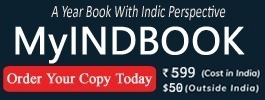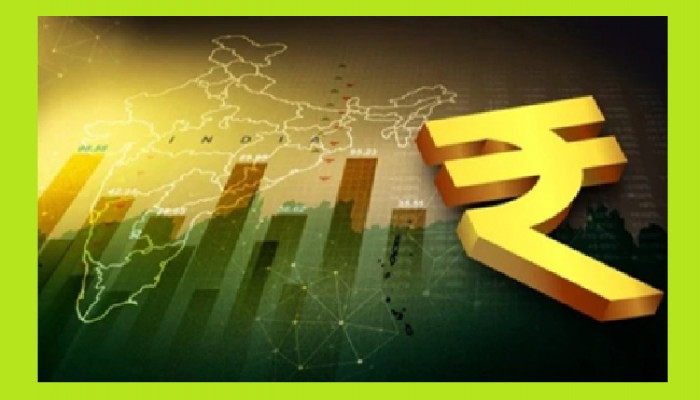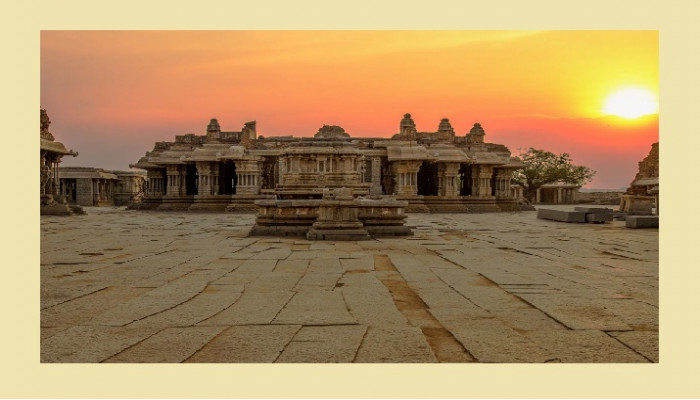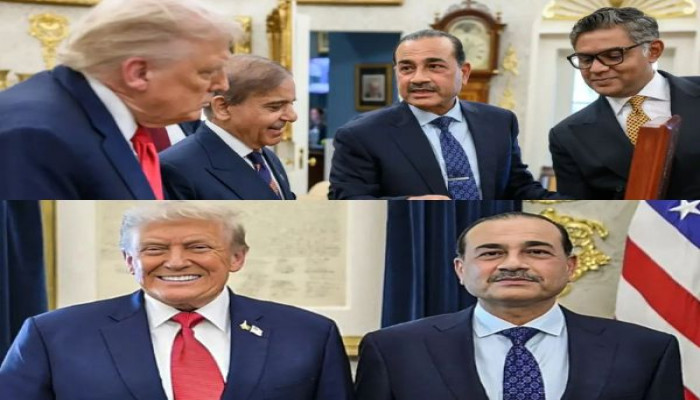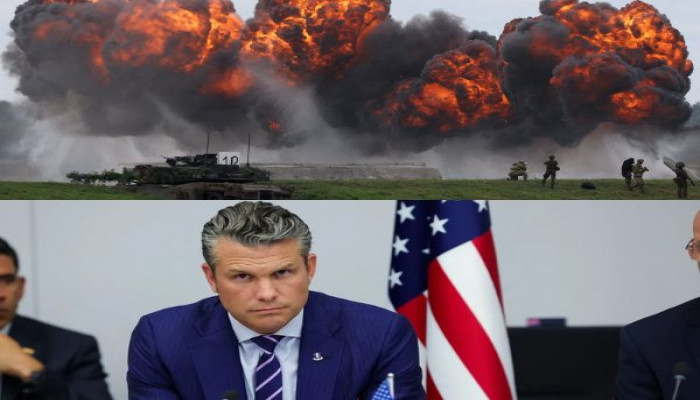- Dec 05, 2025
- Mukul Asher
Featured Articles
Observations on Government Debt to GSDP Ratio by States in India
Weaponisation of trade and tariff instruments, as well as of finance, natural resources, and global mobility; heightened global uncertainties due to newer technologies such as AI (Artificial Intelligence), digital technologies, and others; and an emerging global reset towards a multipolar world are among the key factors making competent fiscal management at the national, state (provincial), and local levels essential for economic and social resilience. Both societal and economic challenges in India must be addressed. This is also the case with India, where the pursuit of ATMANIRBHARTA requires future-oriented and socially needs-compatible fiscal management. One of the fiscal indicators suggesting potential to pursue such fiscal management in states in India is government debt to GSDP (Gross State Domestic Product). At the Central government level, the debt-to-GDP (Gross Domestic Product) ratio is relevant. Figure 1 provides data on General government gross debt (not including financial assets) to GDP ratios globally. The figures include debt at all levels of government. The data exclude off-budget debt of state entities and contingent liabilities, which are potential government obligations that may become actual financial costs only if a specific, uncertain event occurs. Moreover, as most government accounting systems are cash-based, not accrual-based, future pension, health care and other liabilities of the government may not be fully taken into account. These observations also apply to debt data for the states (provinces) and local governments, as they are also a part of gross general government debt. Figure 1: General Government Gross Debt to GDP Ratios of Nations Globally, 2025 Select relevant observations from Figure 1 as follows: Several high-income countries, such as Japan (235 per cent), the USA (123 per cent), and France (116 per cent) have high debt to GDP ratios, while their growth is relatively modest. This combination makes fiscal management challenging. Some analysts advance a hypothesis that the next global financial crisis may well arise from the government bond markets. India’s general government debt to GDP ratio at 80 per cent of GDP may be regarded as relatively moderate. But India can not afford any complacency in fiscal management, and should aim to continue to exhibit among the highest real GDP growth rates of between 6.5 to 7.5 per cent per year consistently. A broad condition for a sustainable debt level is that the nominal rate of nominal GDP growth (real growth plus inflation) must comfortably exceed the nominal interest rate paid on debt Consistent with the focus of this column on the government debt to GSDP ratios of states in India, Figure 2 provides the necessary data for 2025-26. Figure 2: Gross Government Debt to GDP Ratios of States in India, 2025-26. Source1 The following observations may be made from Figure 2. Among the states, Odisha (13.1 per cent) exhibits the lowest debt to GSDP ratio, while Arunachal Pradesh at 53.0 per cent exhibits the highest ratio. This is a very wide range reflecting state-level diversity in fiscal management. Among the North-East states, except for Assam, which has a manageable government debt to GDP ratio (24.4 per cent), all others have high debt ratios, which, without better management, will continue to create challenges for India’s fiscal management. The focus of Indian policymakers to accelerate the North-East region’s development, with Assam as a leading regional state, is in the right direction. The states which the analysts have been strongly urging to pursue more prudential fiscal management are Punjab (46.8 per cent), Himachal Pradesh (39.0 per cent), West Bengal (37.1 per cent), and Kerala (36.6 per cent). Indeed, a case can be made that even these high figures do not fully reflect the fragility of their fiscal positions. Punjab’s very high debt ratio compares very unfavorably with its neighbouring state, Haryana, ratio of 25.5 per cent, nearly half of Punjab’s. Continuing to implement the old pension system for state government employees, under which employees make no contributions, but continue to receive inflation-adjusted Defined Benefit pensions, is an important contributor to the fragility of the fiscal system of these states. Between 2016-17 and 2024-25, Cumulative Average growth Rate (CAGR) was higher for interest payments on debt than the rate of growth of revenue receipts in Kerala (12 per cent versus 6 per cent); Himachal Pradesh (11 per cent versus 9 per cent); and Punjab (10 per cent versus 9 per cent)2. According to the data from India’s Ministry of Corporate Affairs, between 2011-12 and September 2025, 448 listed and 6447 unlisted companies, for a total of 6895 companies, have left the state of West Bengal. During that period, the number of new companies formed, including start-ups, has been robust in India. There is a widespread consensus that these states need to urgently change their governance perspective and reallocate budgetary resources that promote growth and provide amenities to all sections of the population in a rational manner. Unless such a transformation occurs, these states will continue to act as a constraint on achieving India’s goal of VIKSIT BHARAT by 2047. Two of the economically significant states, Maharashtra and Gujarat, with debt to GSDP ratios of 18.2 and 15.3 per cent, respectively, have sustainable moderate debt levels, contributing towards national prudent fiscal management. These two states, along with Uttar Pradesh, are investing heavily in productive physical and social infrastructure for future growth. According to the official data, the share of Maharashtra state in foreign equity flows between April 2000 and September 2025 to India was 31 per cent, and of Gujarat 15 per cent. If the share of Karnataka state at 21 per cent is added, the three states alone have received little more than two-thirds of all equity flows into India. This does suggest the need for more states to equip themselves to receive foreign equity flows. Karnataka (23 per cent of GDP), Telangana (23.8 per cent). And Tamil Nadu also exhibits relatively moderate debt levels. While Karnataka and, to a lesser extent, Tamil Nadu and Telangana have been successful in receiving foreign equity flows, compared to Maharashtra, Gujarat, and Uttar Pradesh, these two states have been less proactive in investing in physical and social infrastructure to sustain high foreign equity flows. The debt-to-GDP ratio of Andhra Pradesh is high at 33.3 per cent. While its economic policies are broadly pro-growth and pro-meeting social needs, given its ambitious plans to develop a modern new capital in Amravati, it needs to be especially vigilant and competent in its fiscal management. If it only achieves a limited success in this area, it will act as a constraint on India’s overall fiscal management objectives. In conclusion, debt-to-GDP ratios and their dynamics exhibit a wide variety of patterns among the states, as may be expected. It is hoped that the 16th Finance Commission report, which will be publicly released shortly, will contain suggestions to encourage states to pursue better fiscal management generally, and help positively in generating positive dynamics for debt management, especially among the states which are most in need to pursue that course of action. References https://www.forbesindia.com/article/explainers/debt-to-gdp- ratio-Indian-states/88469/1 (Accessed on 3 December 2025) Singh, Shruti (2025). The State of State finances, PRS. file:///D:/SOSF_2025%20PRS.pdf (Accessed on 3 December 2025)- Dec 03, 2025
- Myind Staff

